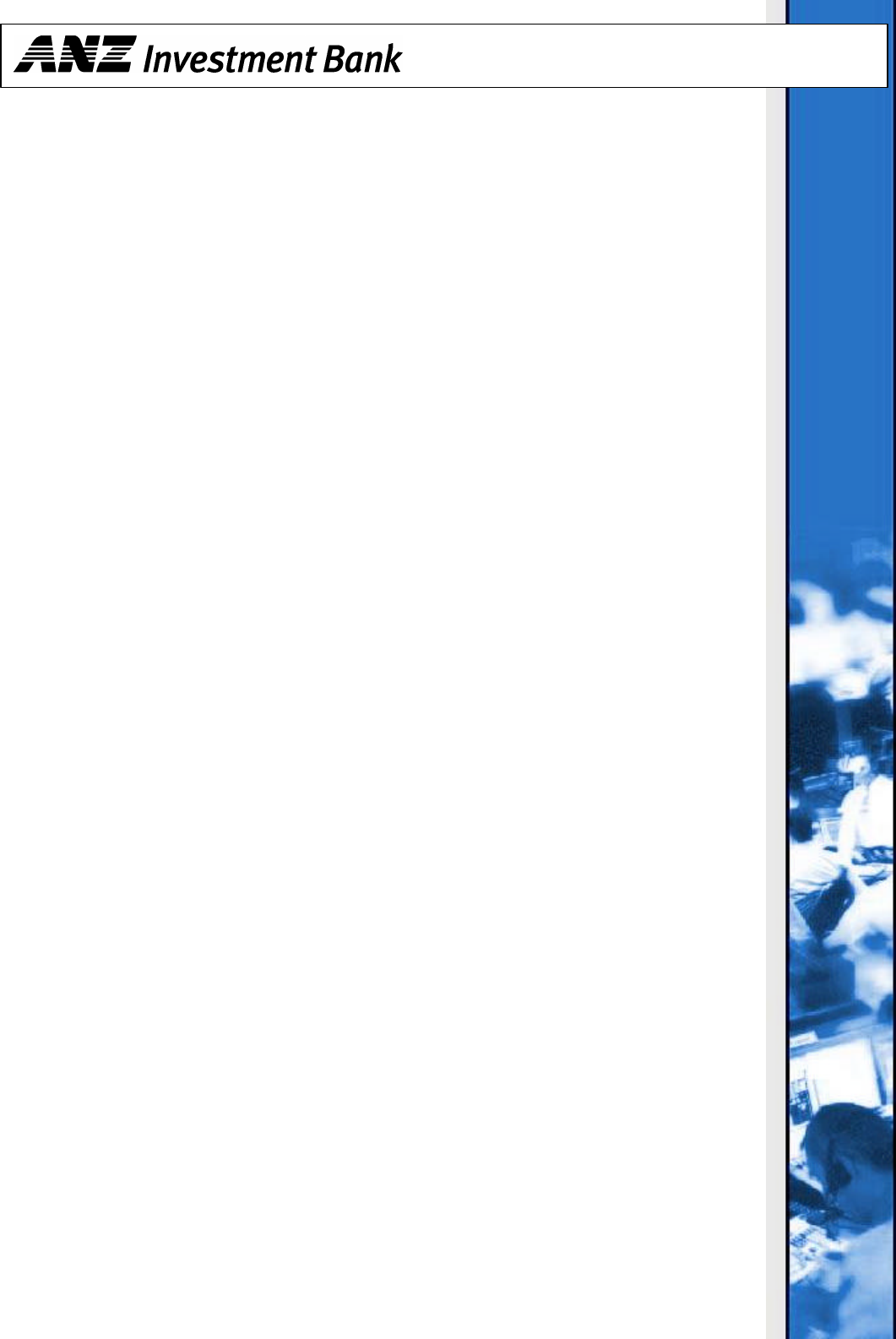
Introduction to Foreign Exchange
Education Module: 1
Dated July 2002
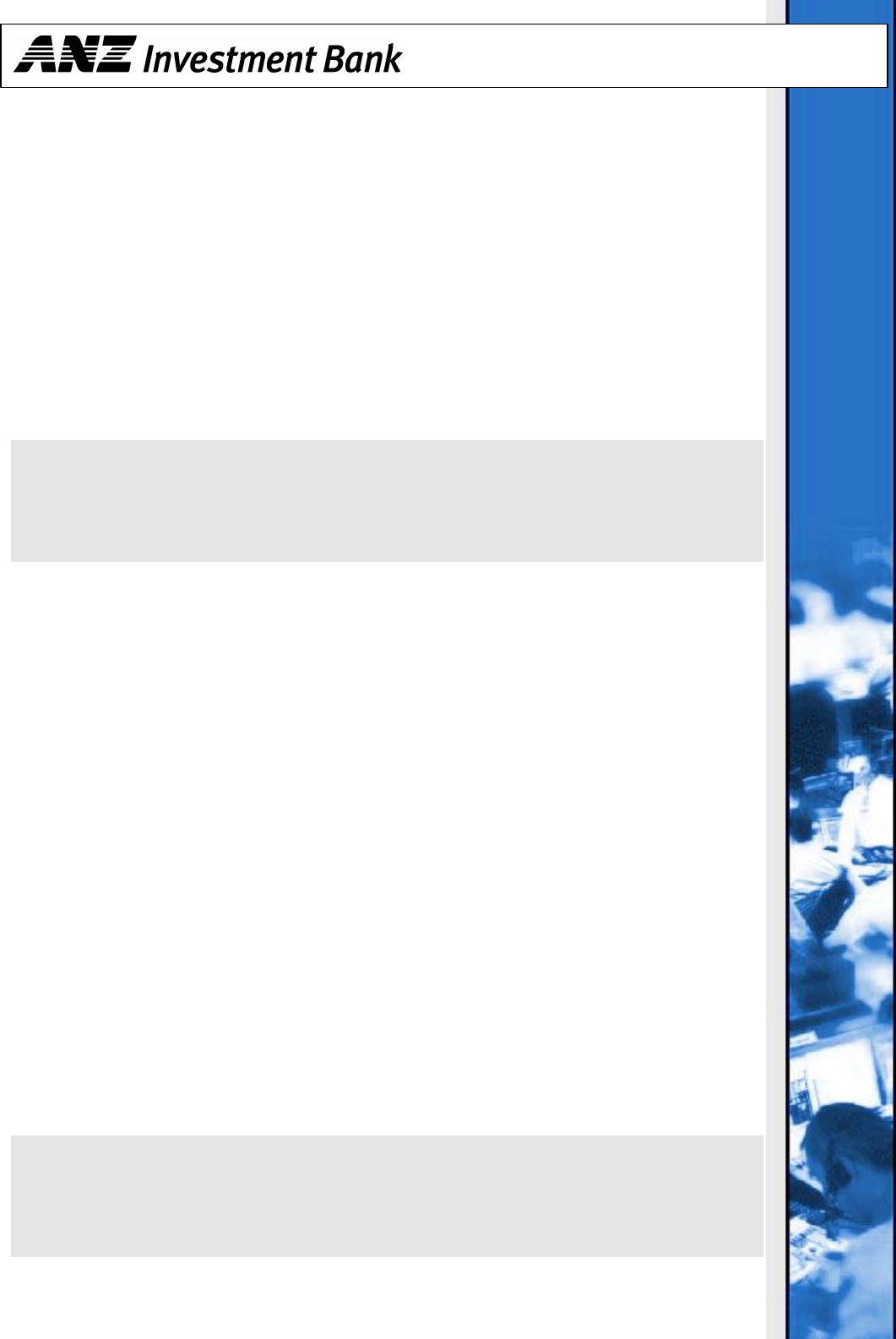
Part 1 – Spot Market
Definition of a Foreign Exchange Rate
A foreign exchange rate is the price at which one currency can be bought or sold, and which is
expressed in terms of another currency. All quotations are made up of two currencies: the base
currency and the terms currency. These form what is known as the currency pair.
One unit of the base currency is equal to x units of the terms currency.
Example:
USD/JPY 120.50 means 1 USD = 120.50 JPY
Direct and Indirect Quotations
Although all currencies are quoted against the USD, there are two different ways in which this is
done.
Direct Quotations
The most common method of quoting is where the USD is the base currency, as in the preceding
example.
Indirect Quotations
The USD is the terms currency and the other currency is the base.
Example:
1GBP = 1.5700 USD
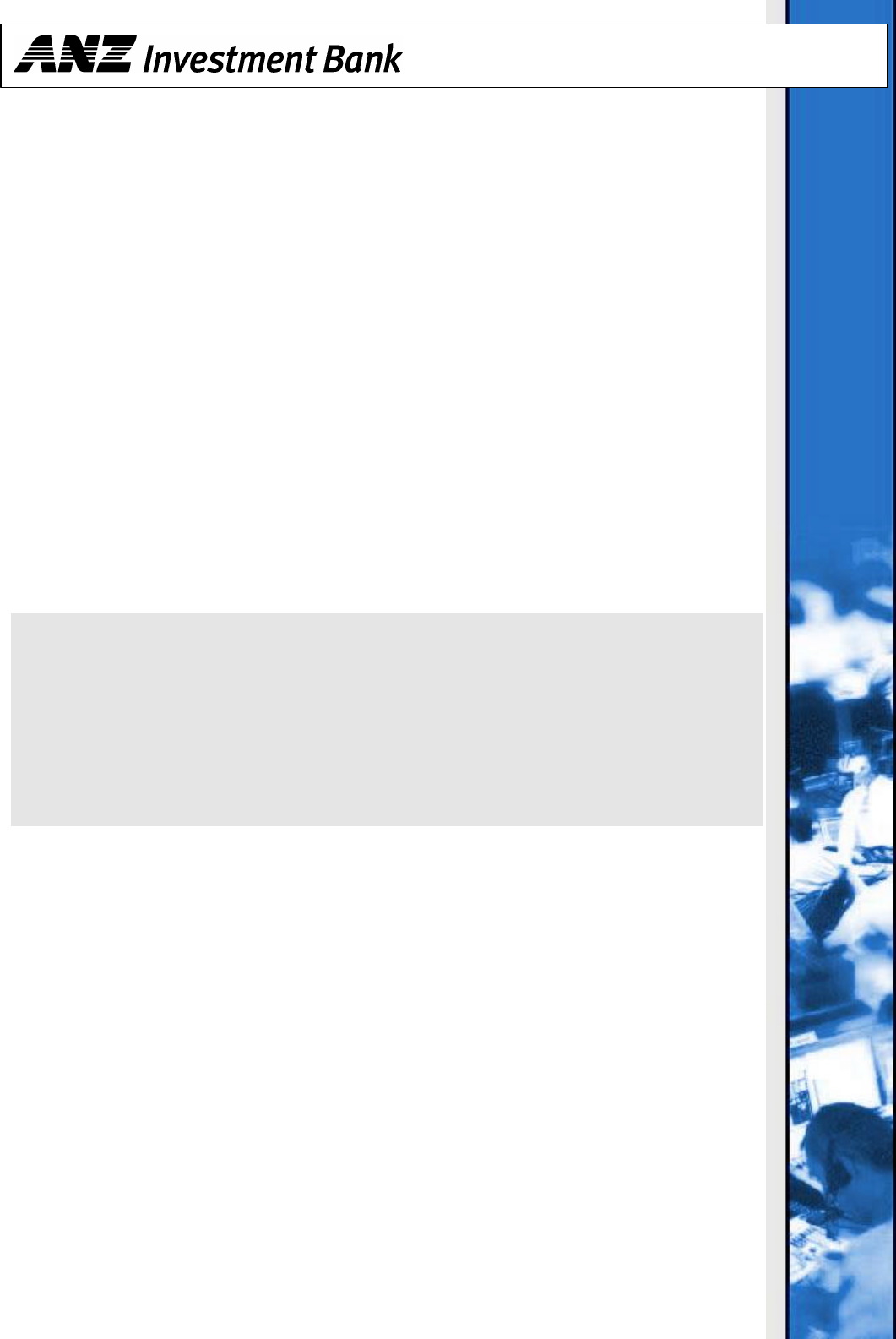
As a general rule, all Commonwealth countries are indirect currencies (with some exceptions, notably
Canada). This convention originates prior to the decimal system, where these currencies were quoted
as pounds, shillings and pence.
Also note that the Euro (EUR) is an indirect currency.
Two-Way Quotes
The price maker quotes currencies in terms of the base currency. Both the bid, where the price
maker buys the base currency and the offer, where the price maker sells the base currency, are
quoted.
Example:
AUD/USD 0.5500/0.5505
At 0.5500 the bank, as price maker, will buy AUD and sell USD. Conversely, at 0.5505,
the bank will sell AUD and buy USD.
Spread
The difference between the bid and the offer of a quote is known as the ‘spread’. The spread will be
determined by the market, and will fluctuate according to the market conditions at the time. Wider
spreads usually apply to small transactions, less liquid currencies and during periods of volatility.
Narrower spreads will apply during ‘normal market conditions’ on liquid currencies and on deals for
market parcels.
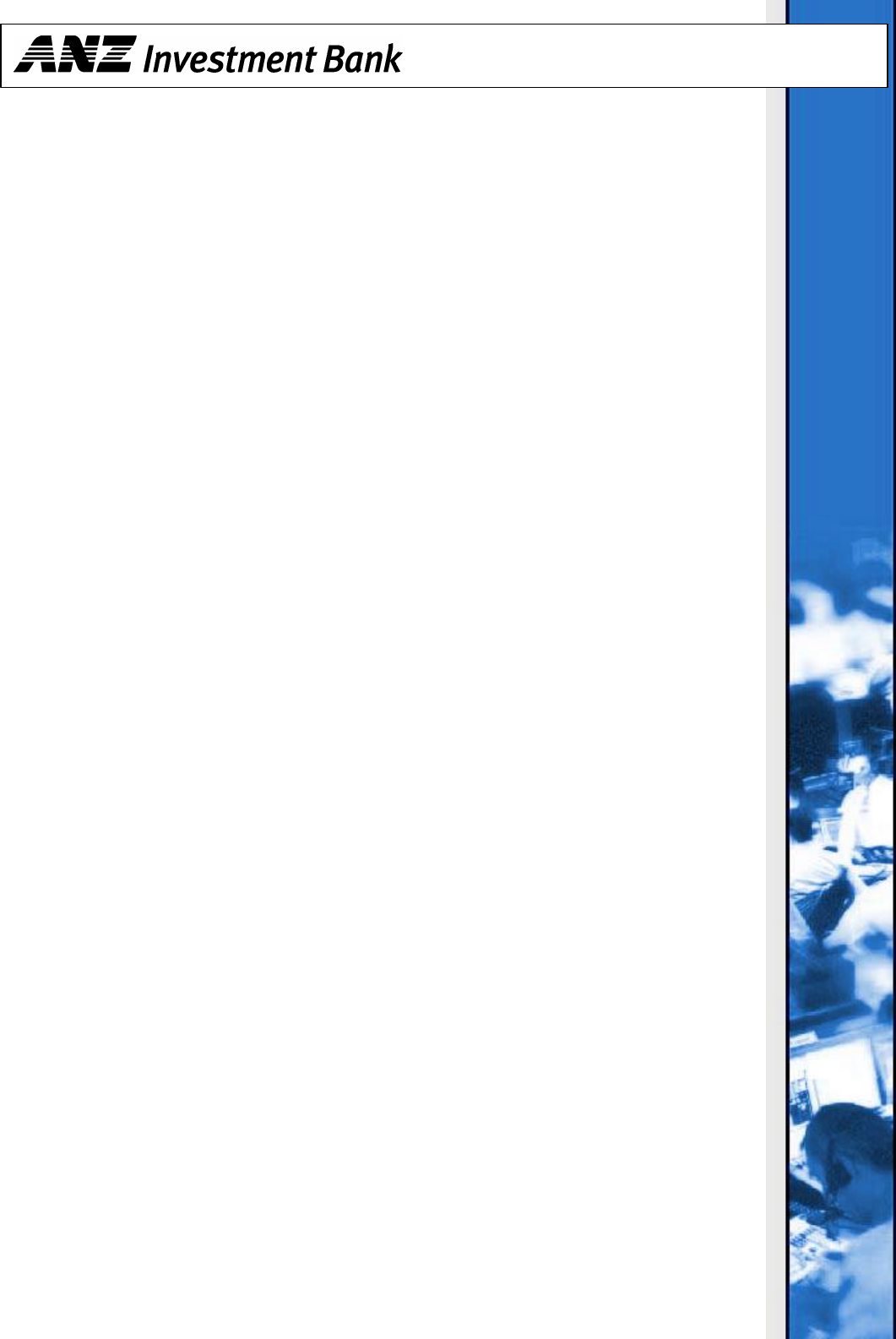
Market Parcel
A market parcel represents the market-accepted amount for a regular trade used in the inter-bank
market. This amount will vary according to the currency pair being traded.
Points
A point is the final decimal place in a quotation. It can also be referred to as a ‘pip’. In the preceding
example, this is 0.0001.
The number of points quoted depends on the number of units involved in the quote. If there are less
than 10 units, market convention is to round the quote to four decimal places. For example,
NZD/USD is quoted as 0.5310.
If there are more than 10 units, the market convention is to round to two decimal places. For
example, USD/JPY is quoted as 120.30. However, there are some notable exceptions. For example,
THB, INR and PHP are quoted to three decimal places, whilst IDR is expressed as a whole number.
How Are Quotes Determined?
The quotes are determined by the supply and demand for the particular currency. However, bear in
mind that such things as rumour, intervention, expectation and the use of technical analysis can
artificially stimulate demand. Supply and demand is represented in the market by the buying and
selling actions of the following four main groups:
1) Market makers
2) Central banks
3) End-users
4) Brokers.
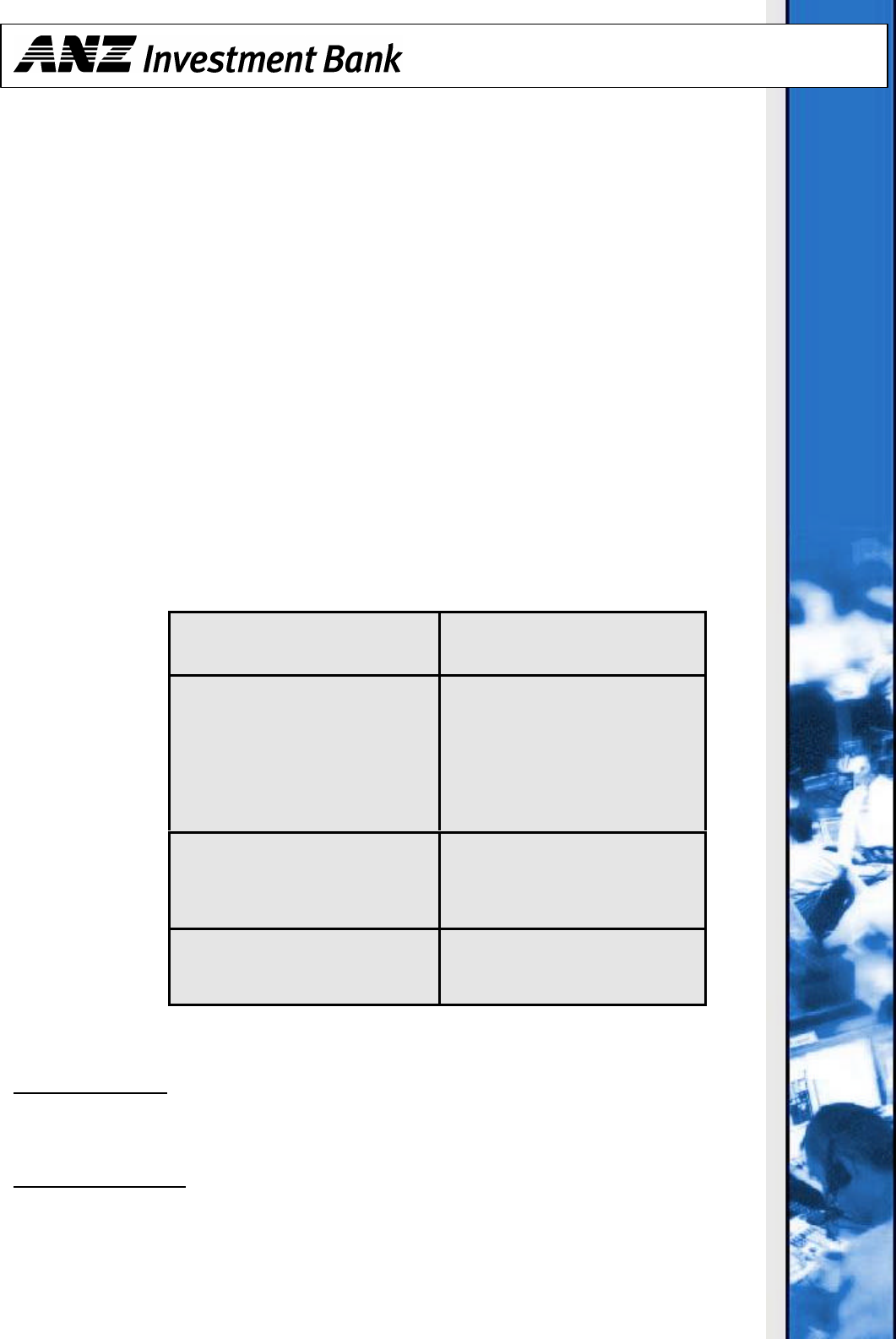
Market makers include domestic and international banks dealing with one another in the inter-bank
market, either on their own behalf or for their corporate clients. From time to time, central banks are
also involved, as they try to support or reduce their currency’s value or to manage their foreign
currency reserves. The third group – end users – can include banks or corporate clients. Brokers, the
fourth group, can act as intermediaries between market makers.
As the foreign exchange market is dynamic, a quote is only valid for a limited time. After a limited
period of a couple of seconds, or if your dealer advises you by calling ‘off’ the price, a quote will no
longer be valid. Therefore, you must ask for the quote again. Quotes need to be accepted in a timely
and concise manner to prevent confusion.
When quoting a rate, rather than quoting the whole price (e.g. ‘1.5720/25’ for GBP/USD), the dealer
may only quote the last two numbers, which are known as ‘significant figures’. The exchange rate will
be quoted to as ‘20/25’.
DIRECT
CURRENCY
INDIRECT
CURRENCY
eg. USD/JPY eg. EUR/USD
Bank buys USD/Bank sells USD Bank buys EUR/Bank sells EUR
Bank sells JPY/Bank buys JPY Bank sells USD/Bank buys USD
Payables (Importer): An importer of goods will normally be invoiced in a foreign currency. They
will need to buy the foreign currency to pay for the goods.
Receivables (Exporter): An exporter may receive payment for goods they have sold in a foreign
currency. They will need to sell the foreign currency and buy the domestic
currency.

Converting Currency Amounts
If the terms currency amount is known, the exchange rate is divided into this figure to provide the
base currency equivalent.
Example:
GBP/USD 1.6000/05
A customer wishing to buy USD1mio against GBP needs to pay GBP625,000.
Conversely, if the base currency amount is known, the exchange rate is multiplied by the figure.
Example:
USD/JPY 121.50/55
A customer wishing to buy JPY to the value of USD1 mio would receive
JPY121,500,000.
In determining the amount the customer is to pay or receive, the amount is always rounded to the
lowest currency unit. This is normally two decimal places, except for JPY; this does not have decimals
and is rounded to the nearest whole number.
Cross Rates
A cross rate is an exchange rate in which neither of the two currencies quoted is the USD. For
example, GBP/JPY.
Calculating a cross rate is simply a matter of multiplying or dividing two currency pairs, depending on
whether the other currency is Direct Quotations or Indirect Quotations.
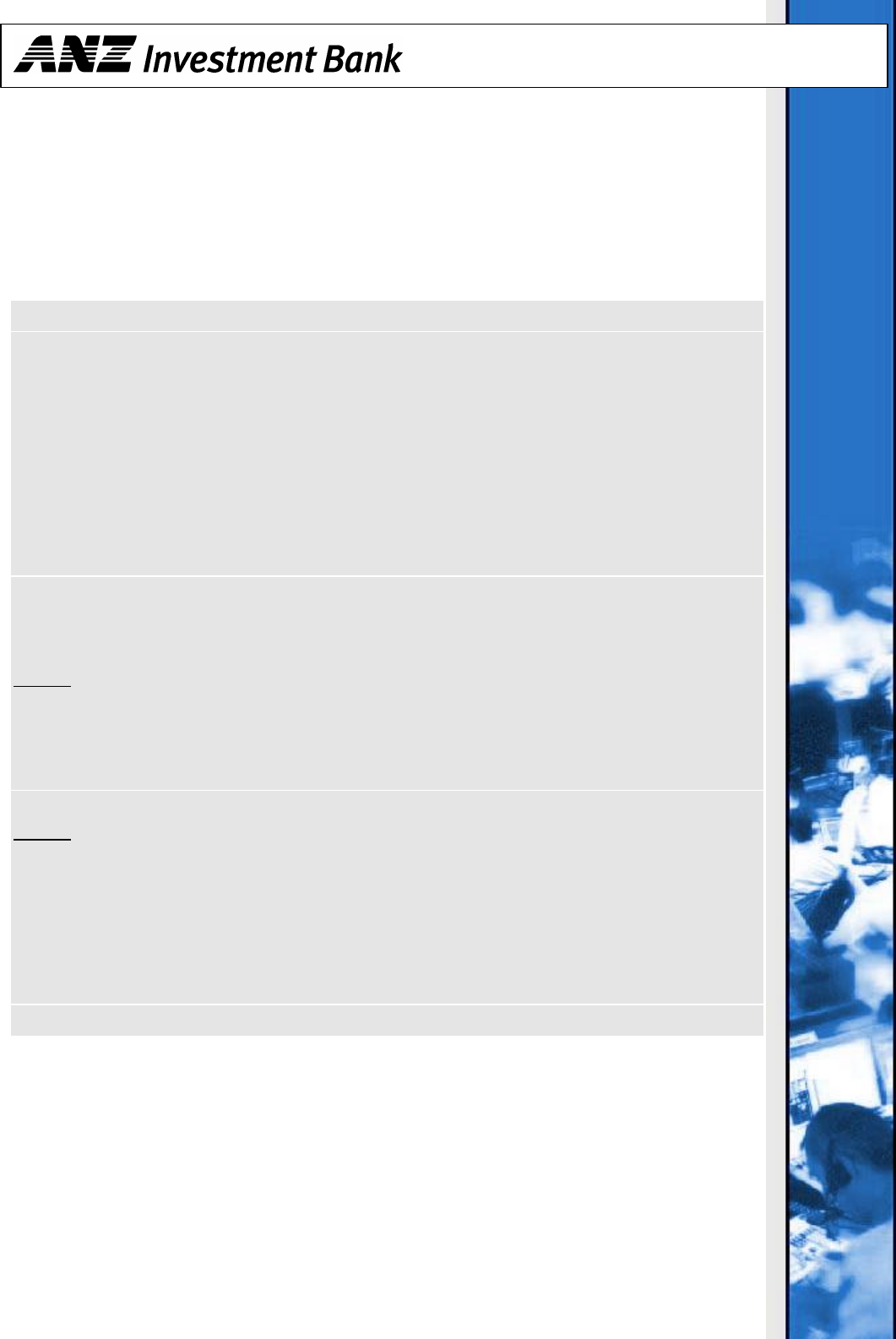
Crossing an Indirect and a Direct Currency
Rule: Multiply the same sides.
Example:
USD/JPY 120.25/120.30
GBP/USD 1.5700/1.5705
Referring to the previous table, the preceding quotes read:
Bank sells JPY at 120.25 and buys JPY at 120.30, and
Bank buys GBP at 1.5700 and sells GBP at 1.5705.
To determine the GBP/JPY cross rate:
STEP 1: Bank buys GBP and sells JPY
1.5700 x 120.25 = 188.79
STEP 2: Bank sells GBP and buys JPY
1.5705 x 120.30 = 188.93
Therefore the GBP/JPY cross rate is 188.79/93, where GBP is the base currency, and
JPY is the terms currency.
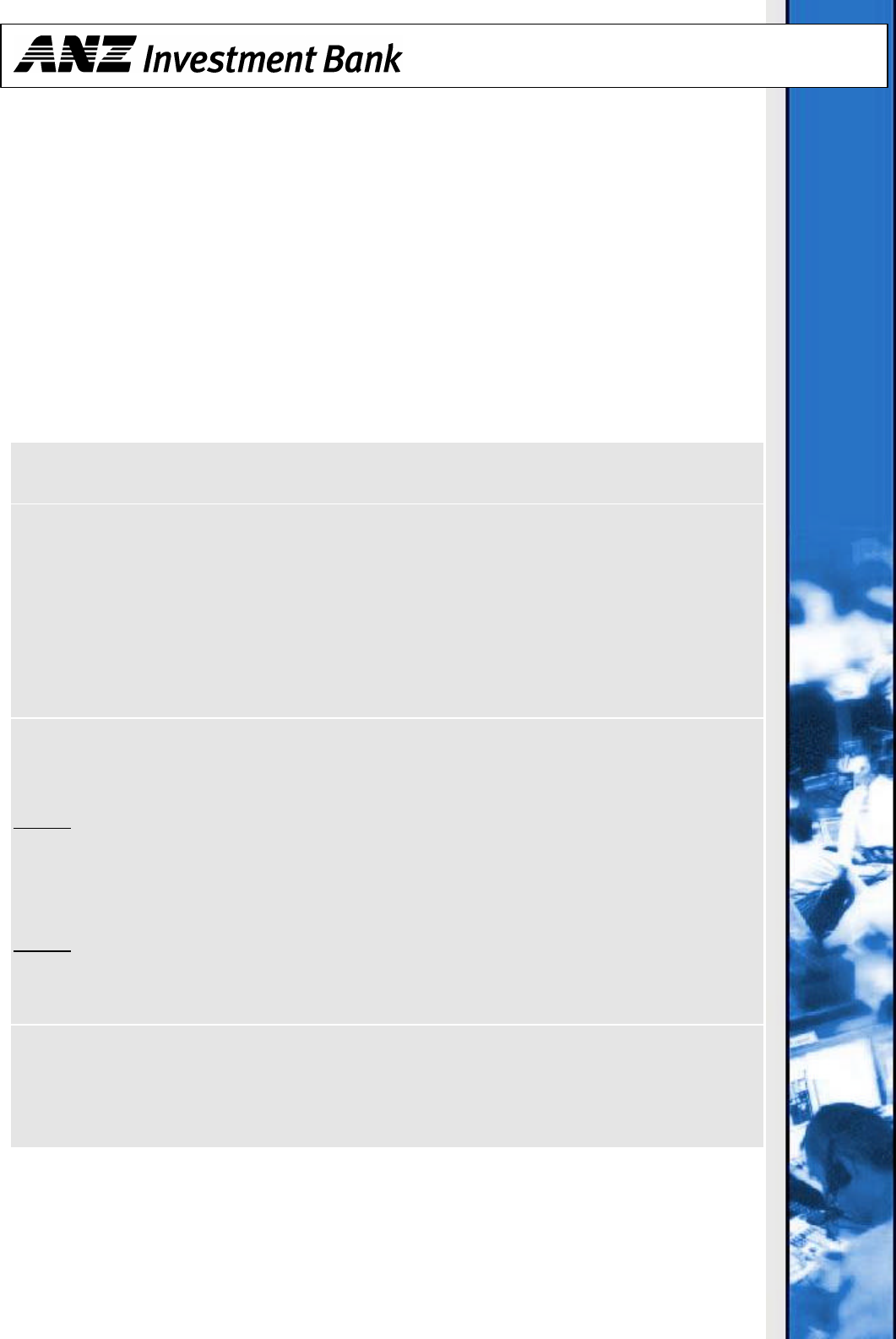
Crossing Two Indirect Currencies
Rule: Divide opposite sides.
First decide how you want to express the cross rate (i.e. which currency is the base and which is the
terms).
1) To determine the bid, divide the terms currency offer into the base currency bid.
2) To determine the offer, divide the terms currency bid into the base currency offer.
Example:
AUD/USD 0.5450/55
EUR/USD 0.9810/15
Referring to the table, the preceding quotes read:
Bank buys AUD at 0.5450 and sells AUD at 0.5455, and
Bank buys EUR at 0.9810 and sells EUR at 0.9815.
To determine the AUD/EUR cross rate:
STEP 1: Bank buys AUD and sells EUR
0.5450 ÷ 0.9815 = 0.5553
STEP 2: Bank sells AUD and buys EUR
0.5455 ÷ 0.9810 = 0.5561
Therefore the AUD/EUR cross is 0.5553/61, where AUD is the base currency, and EUR is
the terms currency.

Crossing Two Direct Currencies
Rule: Divide opposite sides.
Again, decide how you want to express the cross rate.
1) To determine the bid, divide the base currency offer into the terms currency bid.
2) To determine the offer, divide the base currency bid into the terms currency offer.
Example:
USD/CAD 1.5745/55
USD/JPY 120.40/50
Referring to the previous table, the preceding quotes read:
Bank sells CAD at 1.5745 and buys CAD at 1.5755, and
Bank sells JPY at 120.40 and buys JPY at 120.50.
To determine the CAD/JPY cross rate:
STEP 1: Bank buys CAD and sells JPY
120.40 ÷ 1.5755 = 76.42
STEP 2: Bank sells CAD and buys JPY
120.50 ÷ 1.5745 = 76.53
Therefore the CAD/JPY cross is 76.42/53, where CAD is the base currency, and JPY is
the terms currency.

Value Dates
A value date refers to the day on which physical exchange of the currencies occurs.
The most common terms are:
Value Today: Exchange of the currencies will occur today.
Value Tom: Exchange of the currencies will occur on the next business day.
Value Spot: Exchange of the currencies will occur two business days from today.
Value Forward: Exchange of the currencies will occur at a specified date beyond the spot date.
Today Tomorrow Spot Forward
Market convention is that all quotes are expressed as Value Spot. This is to ensure sufficient
settlement time. For example, a deal transacted on Tuesday has a value date of Thursday, provided
there is not a holiday in either of the main financial centres of the currencies being exchanged.
Weekends and holidays will result in more than two calendar days between the deal date and the
value date.
Canadian dollars are the exception, as they have only one day spot (i.e. value is the next clear
business day following the deal date).
Holidays
If there is a holiday in either currency’s main financial centre on the value date, spot automatically
moves out to the next clear business day. For example, a GBP/USD deal done on Monday with a UK
holiday on Wednesday will have a Value Spot value of Thursday.
Note that if the UK holiday falls within the spot period, say Tuesday, spot would move out a further
business day.
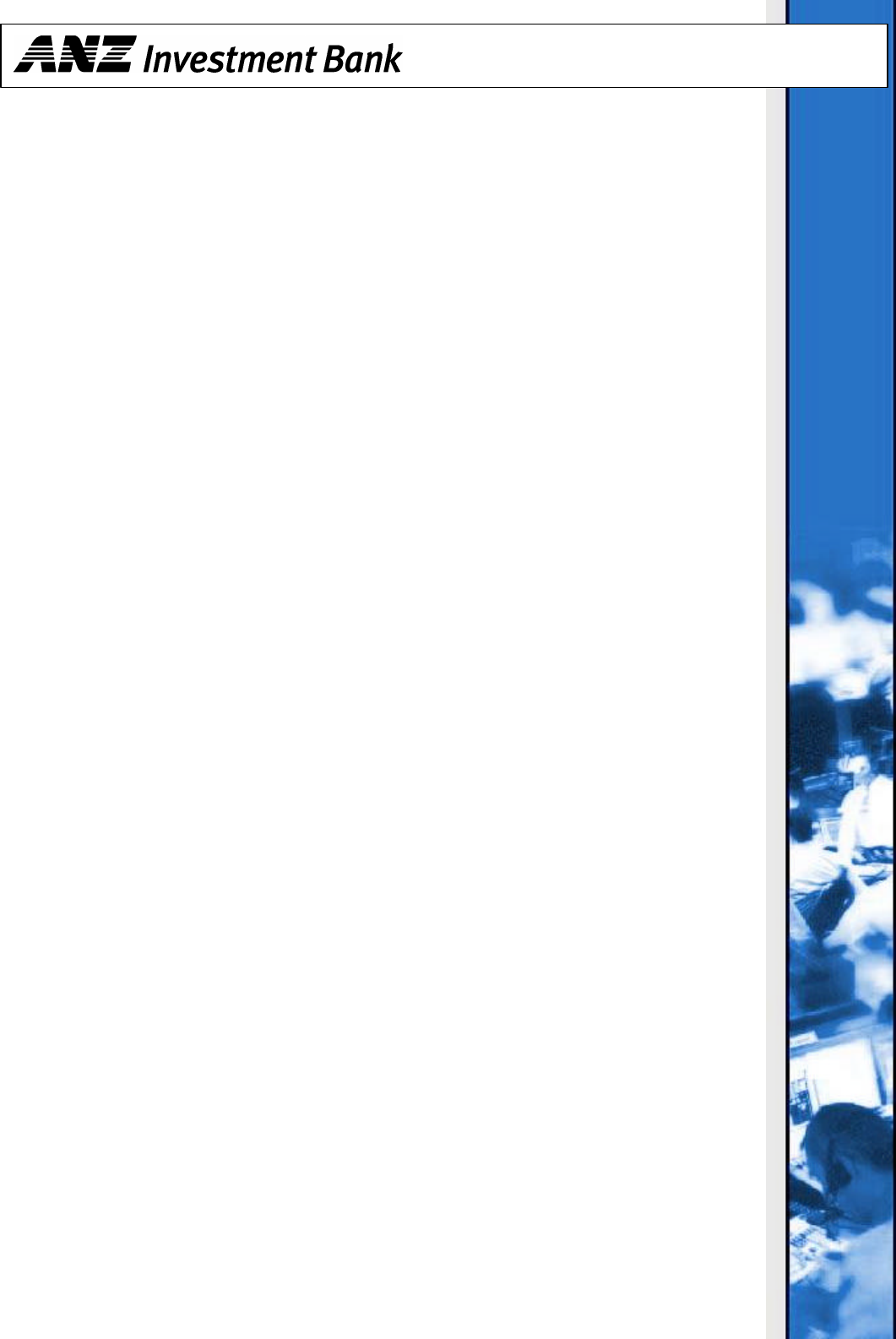
If the holiday is in the US, it will only move the Value Spot date if the holiday falls on the value date.
For example, a NZD/USD deal transacted on Tuesday, with a US holiday Wednesday, will have a spot
date of Thursday. If the US holiday fell on Thursday, the Value Spot date would become Friday.
For all cross rates, a holiday within the spot period for either or both currencies will move the value
date out for each non-business day. For example, an AUD/JPY deal transacted on Monday would
normally have a spot date of Wednesday. However, a Japanese or Australian holiday on Tuesday
would push the Value Spot date out until Thursday.
Part 2 – Forward Market
Forward Exchange Contract
A forward exchange contract is an agreement between two parties to exchange one
currency for another on a future date beyond the Value Spot date.
Purpose of Forward Exchange Contracts
A forward exchange rate is a tool used to assist market participants to fix current exchange
rates for a future date. The foreign currency payment or receipt is set, regardless of
subsequent movements in the exchange rate.
The contract rate does not represent a forecast of where the exchange rate will be on that
date. Rather, it is the spot price adjusted for interest differentials between the two
currencies involved for the period between the spot and value dates.
The contract can either be for a fixed term, or for an optional period.
Fixed term contracts are also known as outright forwards. A client entering into an
outright forward will specify the date on which delivery under the contract is to take place.

Optional term contracts are where the customer nominates a specific period, in which
delivery of the contract may take place without penalty/benefit. This type of contract is
often used where the customer is unsure when the funds are required. Alternatively, a fixed
term contract can be written to the earliest likely delivery date and extended if not required
on that date.
Forward Margins
To calculate the forward exchange rate, the current spot rate is adjusted by a ‘forward
margin’. The forward margin represents the interest rate differential of the two currencies
involved.
Forward Margin Quotes
Forward Margins are quoted as a bid and an offer, and in the same manner as spot quotes.
BID OFFER
Bank Sells the base
currency for settlement
Value Spot
Bank Buys the base
currency for settlement
Value Spot
Bank Buys the base
currency for settlement
Forward Dates
Bank Sells the base
currency for settlement
Forward Dates
Note that the bid/offer price relates to what the price maker does with the base currency on
the forward settlement date.
The terminology used to express this is:
Bid: Bank sell/buy the base currency and buy/sell the terms currency
Offer: Bank buy/sell the base currency and sell/buy the terms currency
Rule: To establish or extend a forward exchange contract, always
apply the bid margin to the bid spot and the offer margin to the offer
spot.

Discount or Premium
The forward margins are expressed as a number of foreign exchange points, also called
swap points. Whether the points are added to or subtracted from the spot rate depends
upon whether they are at a discount or a premium.
BID > OFFER
(High/Low)
BID < OFFER
(Low/High)
Base currency at a discount Base currency at a premium
Terms currency at a premium Terms currency at a discount
Subtract margin Add margin
In terms of interest rates, the higher interest rate currency will be at a Error! Reference
source not found. against the lower interest rate currency. Conversely, the lower interest
rate currency will be at a Error! Reference source not found. against the higher interest rate
currency.
Example:
GBP/USD 1.5700/05
Six month 170/168
As the points are running from high to low, they are subtracted from spot
rate. This reflects that interest rates in the UK are higher than interest rates
in the US.
The six month forward for GBP/USD is 1.5530/37 (i.e. the bank sells/buys
GBP at 1.5530 and buys/sells GBP at 1.5537).

Outright Forwards Versus Optional Term
Outright forwards involve applying the full amount of the forward margin to the spot rate,
as in the preceding example. However, if a client is uncertain about when they will need to
utilise the contract they may decide to have a forward exchange contract that is optional for
either the whole or part of the contract term. This allows them to pre-deliver the contract
with no adjustment made to the contract rate for delivery prior to the end of the contract
term.
Example:
Using the GBP/USD example shown in the preceding, assume a six month
forward exchange contract optional is required for the last month. This will
be fixed for five months and allow optional delivery without cost or benefit
for the last month. Additional to the preceding information, five month
forward margins are quoted at 140/139.
In deciding how to apply the forward margin, work on the basis that the
holder will receive the least favourable forward rate of the optional and full
term dates.
If applying the full six month margin to the spot of 1.5700/05, the forward
quote would become 1.5530/37. However, applying the five month forward
to the offer (i.e. 1.5705 – 0.0139), the quote becomes 1.5530/66.
Under this scenario, a client with a bank buys USD contract could request
pre-delivery on the first day of the option period at 1.5537 instead of 1.5566.
Rule:
1) If the base currency is at a discount (high/low), apply the
margin for the full term of the contract to the bid and the
margin applicable until the commencement of the option
period to the offer.
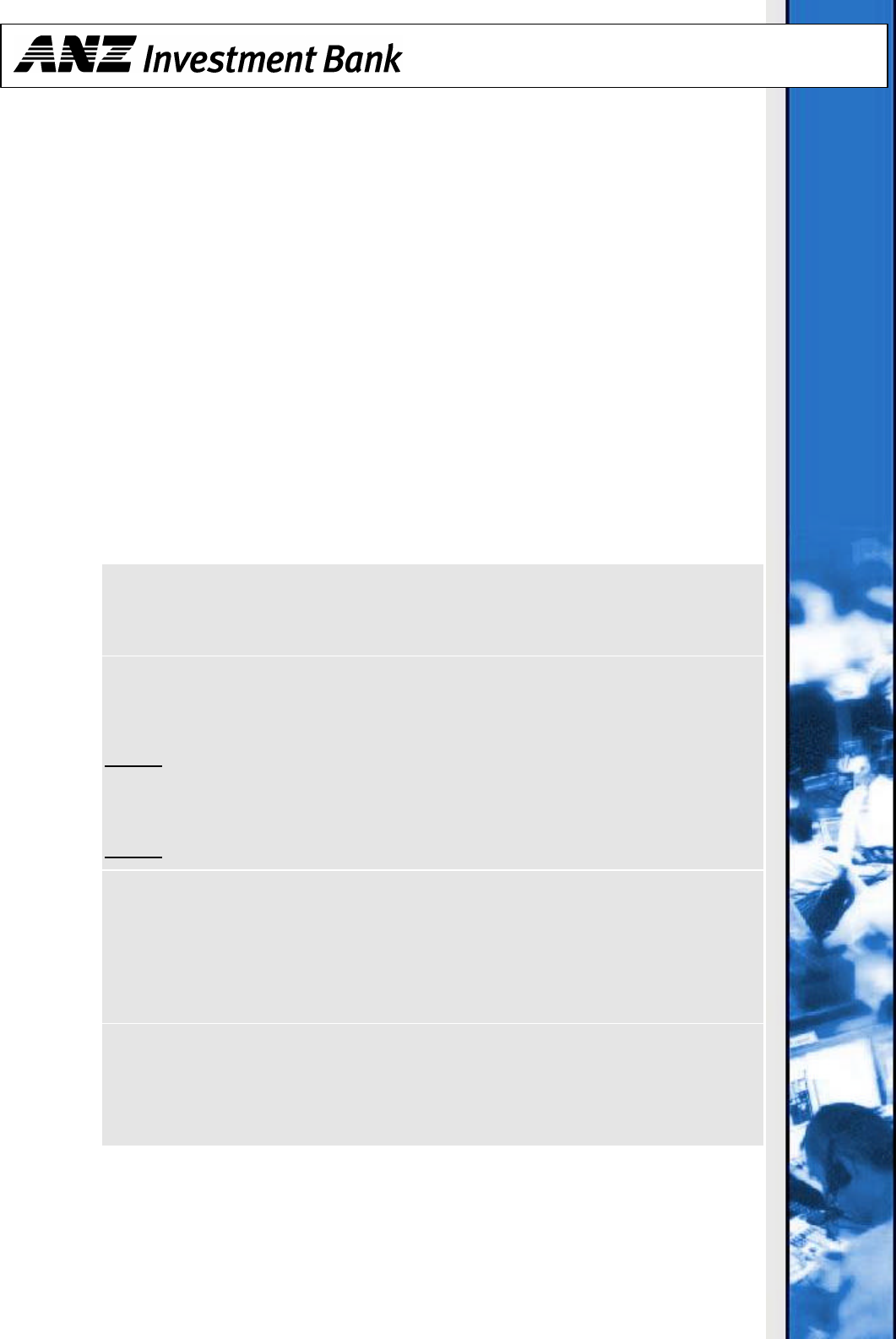
2) If the base currency is at a premium (low/high), apply the
margin applicable until the commencement of the option
period to the bid and the margin for the full term of the
contract to the offer.
Constructing a Forward Exchange Rate
Forward exchange rates are formulated by adjusting the spot rate by a forward margin. The
forward exchange rate is a combination of a spot deal and a swap (discussed in more detail
later).
Example:
Using the preceding GBP/USD example, the deal is done in two stages:
Client wants to buy USD:
STEP 1: Spot Deal – bank buys GBP and sells USD value spot at
1.5700
STEP 2: Swap – the bank sells GBP and buys USD value spot at
1.5700, and
− the bank buys GBP and sells USD in six months at
1.5530.
Remember that in technical terms this is where the bank sells/buys GBP.
Note that the two Value Spot deals cancel one another out, leaving the six
month forward deal to be settled.
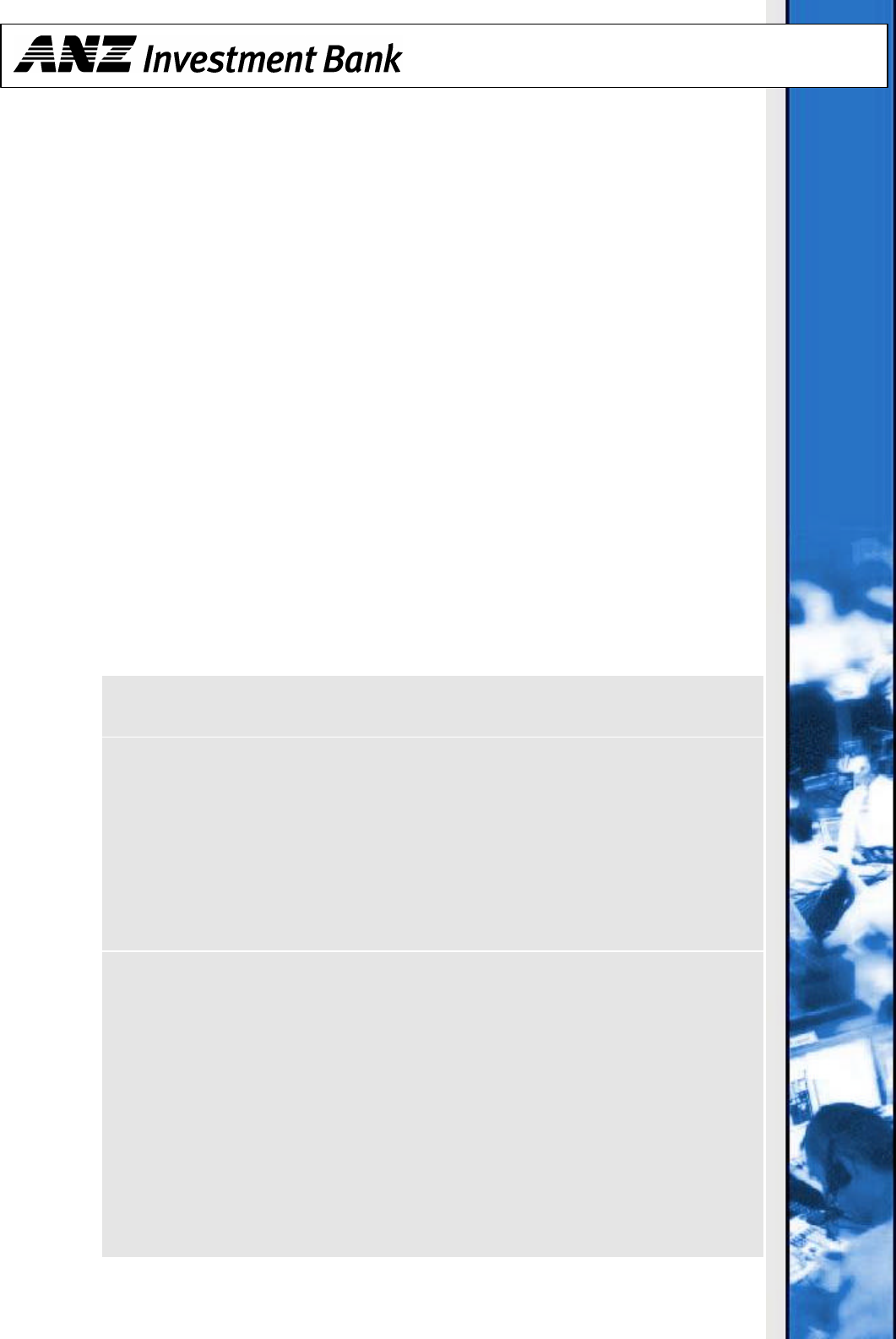
Calculation of a Forward Margin
To calculate a forward margin, the following information is required:
§ The interest rate of both currencies.
§ Number of days in the period.
§ Spot rate.
§ 360 or 365 days per year.
Days Basis
Note that some countries base their calculations on a 360 day year, whilst others are based
on 365 days. In general, Commonwealth countries such as Australia, the UK and New
Zealand use a 365 day year, whereas the US, Japan and Europe calculate interest on a 360
day year.
The Forward Margin can be manually calculated if you have the Value Spot rate and interest
rates applicable for each currency.
Example:
USD/JPY Spot: 120.25
USD interest rates: 2.0%
JPY interest rates: 0.5%
Number of days: 30
Number of days in year for base currency: 360
Number of days in year for terms currency: 360
JPY 100 mil at 120.25 = USD 831,600.83
30 days at 0.5% 30 days at 2.0%
Interest = 41667.00 Interest = 1386.00
Principal + Interest = 100,041,667 Principal + Interest = 832,986.83
JPY÷ USD = 100,041,667 ÷ 832,986.83 = 120.10
(This represents the forward exchange rate)
Therefore, the forward points are: 120.10 – 120.25 = -0.15

Arbitrage Formula
The Arbitrage Formula has been devised to calculate the forward margin. The formula varies
depending upon the day basis and quotation terms of the two currencies.
360 Day Basis
Arbitrage = (It– Ib) x D x R
36,000 + (D x Ib)
where It = Interest rate of terms currency.
Ib = Interest rate of base currency.
D = Number of days in period.
R = Spot rate.
The forward margin in the preceding example can now be calculated thus:
Example:
One month USD/JPY = (0.5 – 2.0) x 30 x 120.25
36,000 + (30 x 2.0)
= -0.15
This represents –0.15 points.

365 Day Basis with Indirect Quotations Currency:
Arbitrage = [It (365/360) – Ib] x D x R
36,500 + (D x Ib)
Example:
One month AUD/USD = [2.0(365/360) – 3.0] x 30 x 0.5400
36,500 + (30 x 3.0)
= -0.00043 points
365 Day Basis with Direct Quotations Currency:
Arbitrage = [It (360/365) – Ib] x D x R
36,000 + (D x Ib)
Example:
One month USD/HKD = [7.5(360/365) – 5.5] x 30 x 7.7450
36,000 + (30 x 5.5)
= 0.012189 points
Other Uses of the Arbitrage Formula
The Arbitrage Formula can also be used to calculate the second interest rate if the forward
margin (swap points) and one currency’s interest rate are known.
Utility:
§ Used to transfer deposit/loan rates into swap prices.
§ Can overcome liquidity issues of some currencies in the deposit/loan market.
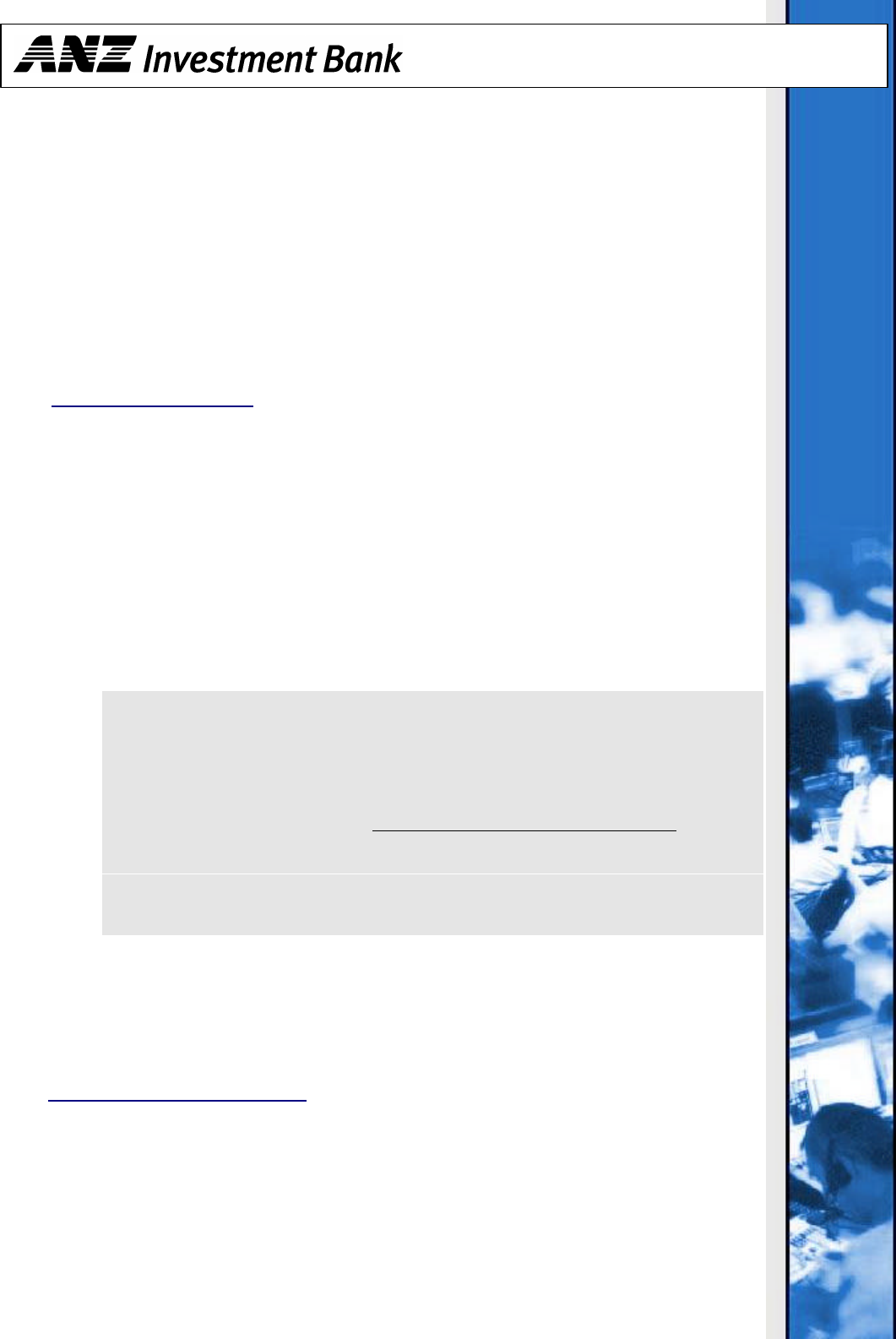
§ Can give the forwards traders an accurate measure of where deposit/loan
rate should be as the swap is a more accurate measure than the
deposit/loan pages on Reuters.
§ Enables the forwards traders to monitor the risk assumed when taking on a
deposit/loan via the swap book.
Transposing the Arbitrage Formula means:
To solve for the base currency interest rate (360 days):
Ib = It x D x R – (S x 36,000)
D(S + R)
Where It = Interest rate of terms currency
D = Number of days in period.
R = Spot rate.
S = Swap points.
Example:
Using the data from the preceding USD/JPY example,
USD one month interest rate = 0.5 x 30 x 120.25 – (-0.15 x 36,000)
30 x (-0.15 + 120.25)
= 1.994
To solve for the terms currency interest rate (360 days):
It = Ib x D x (S + R) + (36,000 x S)
D x R
Generally, the market maker will utilise a spreadsheet program to calculate the formula
rather than relying on manual calculation.
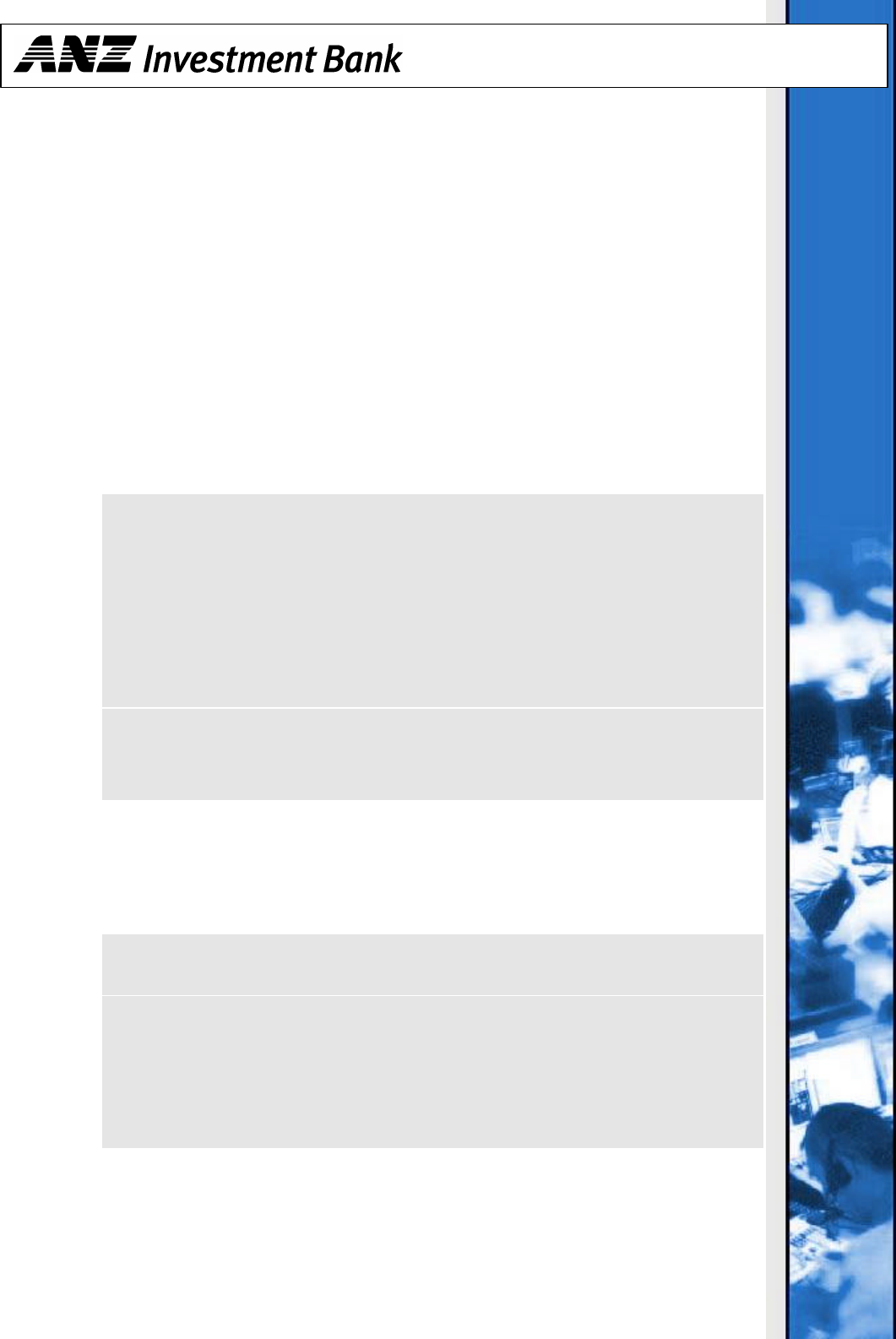
Forward Dates
The forward date can either be for a certain number of months out of spot, known
collectively as even month forwards, or some other specific date, which does not coincide
with a full month run. The latter is known as ‘broken date forwards’.
Even Months
Forwards are based on calendar days rather than a fixed number of days.
Example:
Deal date 14/08/2002
Spot date 16/08/2002
One month forward 16/09/2002 (31 days)
Deal date 09/09/2002
Spot date 11/09/2002
One month forward 11/10/2002 (30 days)
If there is a holiday in either of the two currency’s main financial centre, or the US on the
value date, the value date becomes the next clear business day.
Example:
Deal date 26/08/2002
Spot date 28/08/2002
US holiday 28/11/2002
3 months forward 29/11/2002
If spot is the last business day of the month, the forward date will be the last business day
of the forward month.
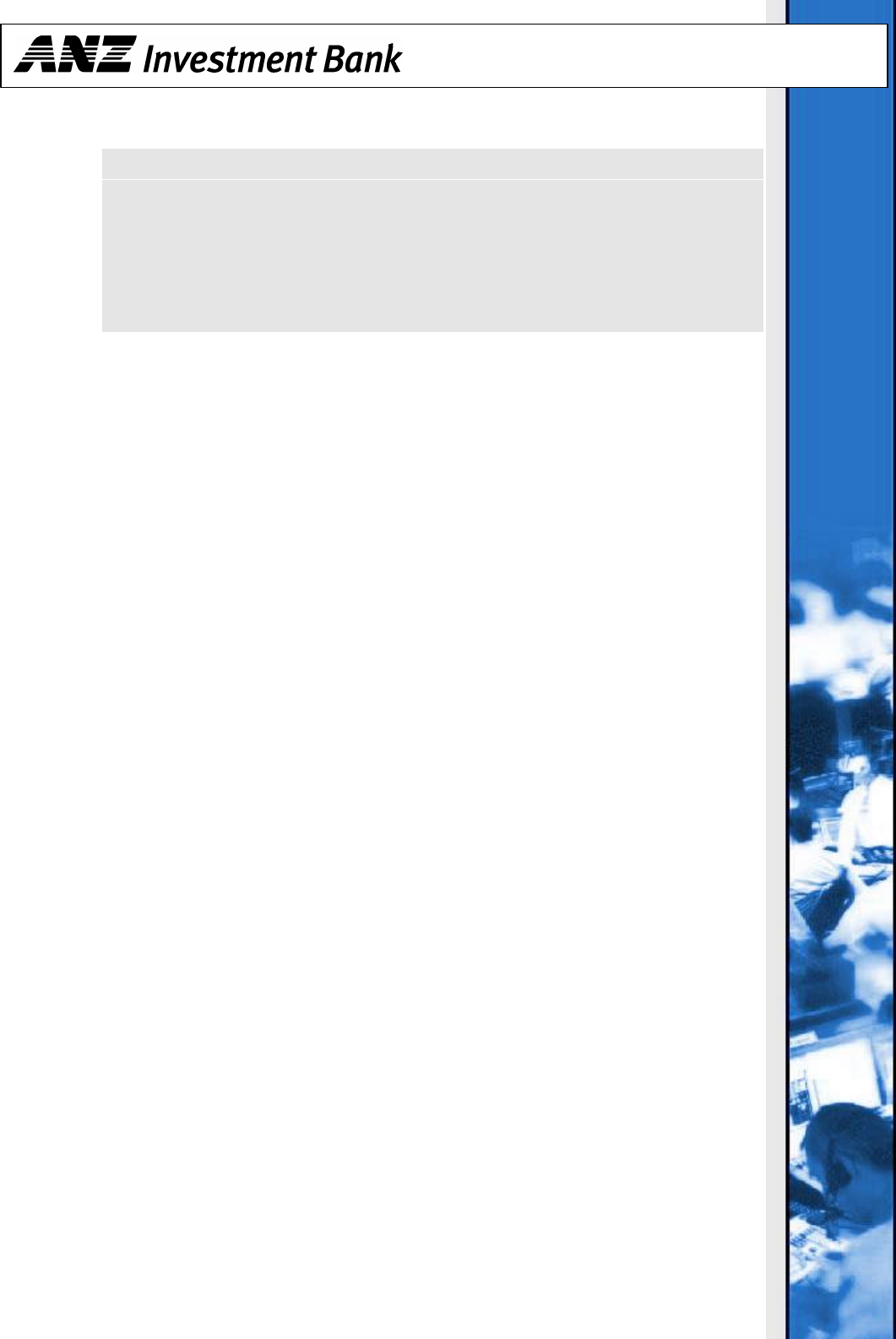
Example:
Deal date 28/08/2002
Spot date 30/08/2002
2 months forward 31/10/2002
All forward margins quoted on Reuters are for even month forwards. In addition to a
general page for each currency, each bank maintains its own page quoting forward margins
set by their traders. Similarly to spot quotes, the forward margins on these screens are
‘indication only’ depending upon the size of the transaction.
Broken Dates
In a number of circumstances, clients want delivery of a currency to occur on a specific
date, which does not coincide with an even month. When this is the case, pro-rata the
margin between the nearest even months.
The formula for the pro-rata is:
(A÷B) x C = margin
Where A = Number of days past the nearest even month forward prior to
maturity.
B = Number of days between nearest two even month forwards.
C = Margin for full run between the two even month forwards.

Example:
Deal date 04/09/2002
Spot date 06/09/2002
Forward date 27/11/2002 (82 days)
The forward margins for the nearest even months are:
Two month forward -28 (value date 06/11/2002 – 61 days)
Three month forward-43 (value date 06/12/2002 – 91 days)
STEP 1: Calculate the pro-rata:
(21÷30) x –15 = -10.5
STEP 2: Apply the pro-rata to the forward margin for the nearest
month prior to maturity.
(-28) + (- 10.5) = -38.5
The forward margin for value 27/11/2002 is –38.5.
All other rules referred to in the preceding for even month forwards still
apply.
Short Dates
Short dated forwards relate to deals whose value date occurs prior to spot (i.e. Value Today
and Value Tom deals).
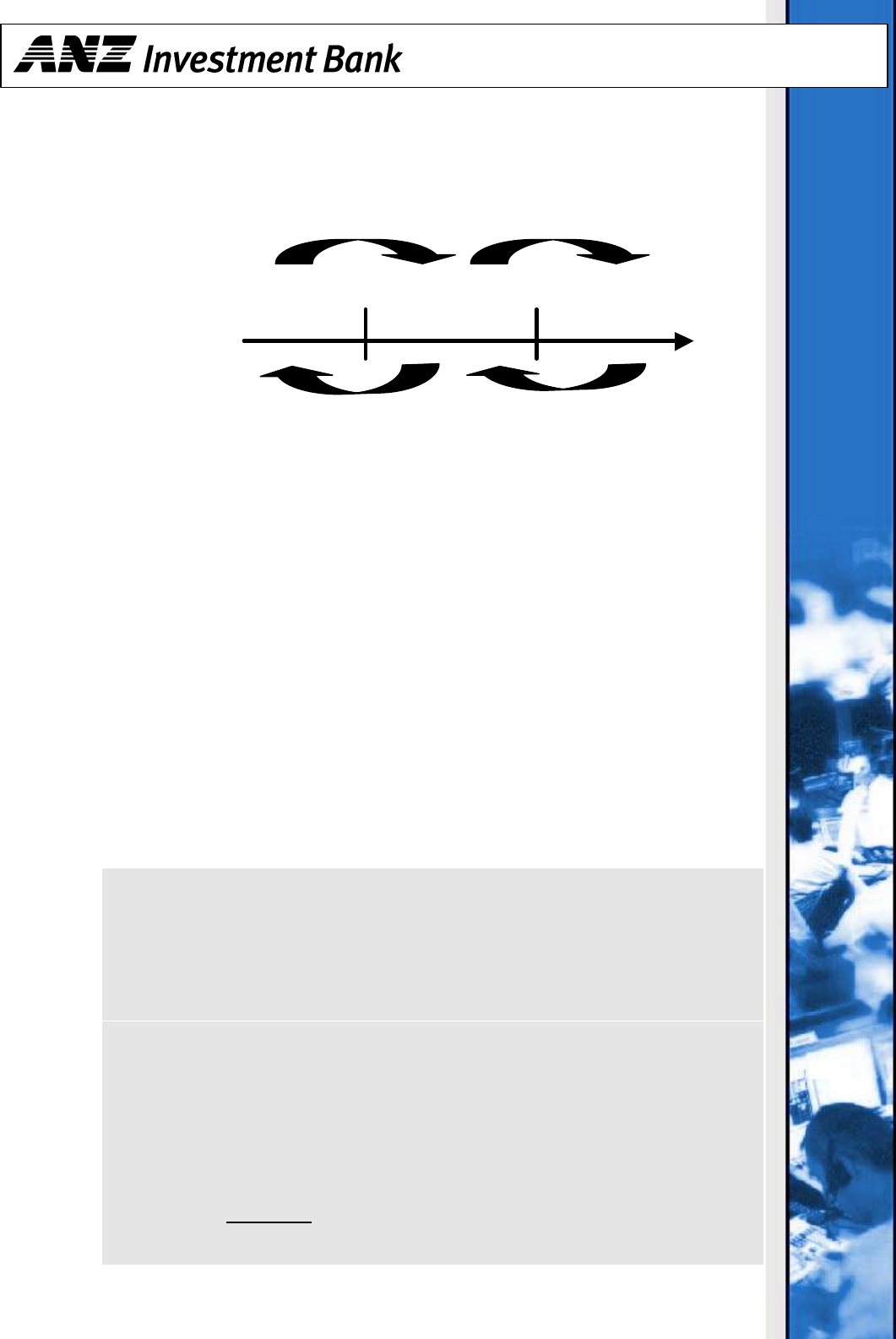
The forward margins for dates prior to spot are known as ‘overnight’ and ‘tom/next’. The
following graph assists in the explanation.
Today Tomorrow Spot
Overnight Tom/Next
The margins for short dates are calculated in a similar way to forward margins. However,
the key difference is that rather than the adjustment being made to take the deal beyond
the spot date, as in the top section of the graph, it is now being made to bring the deal to
an earlier date. Now move from right to left, as shown on the bottom section of the graph.
For this reason the margins are applied in reverse.
Rule: Take the margin from the opposite side of the market and
apply the opposite sign.
A deal for Value Today requires spot to be adjusted by the tom/next and overnight
margins.
Example:
NZD/USD Spot 0.4700/05
O/N forward 0.35/0.45
T/N forward 0.05/0.10
Assume we are on the bid of the spot quote (i.e. the bank will sell USD to the
customer and buy NZD from the customer for Value Today). The short dated
forward becomes:
0.4700
-0.000045 (O/N)
-0.000010 (T/N)
0.469945
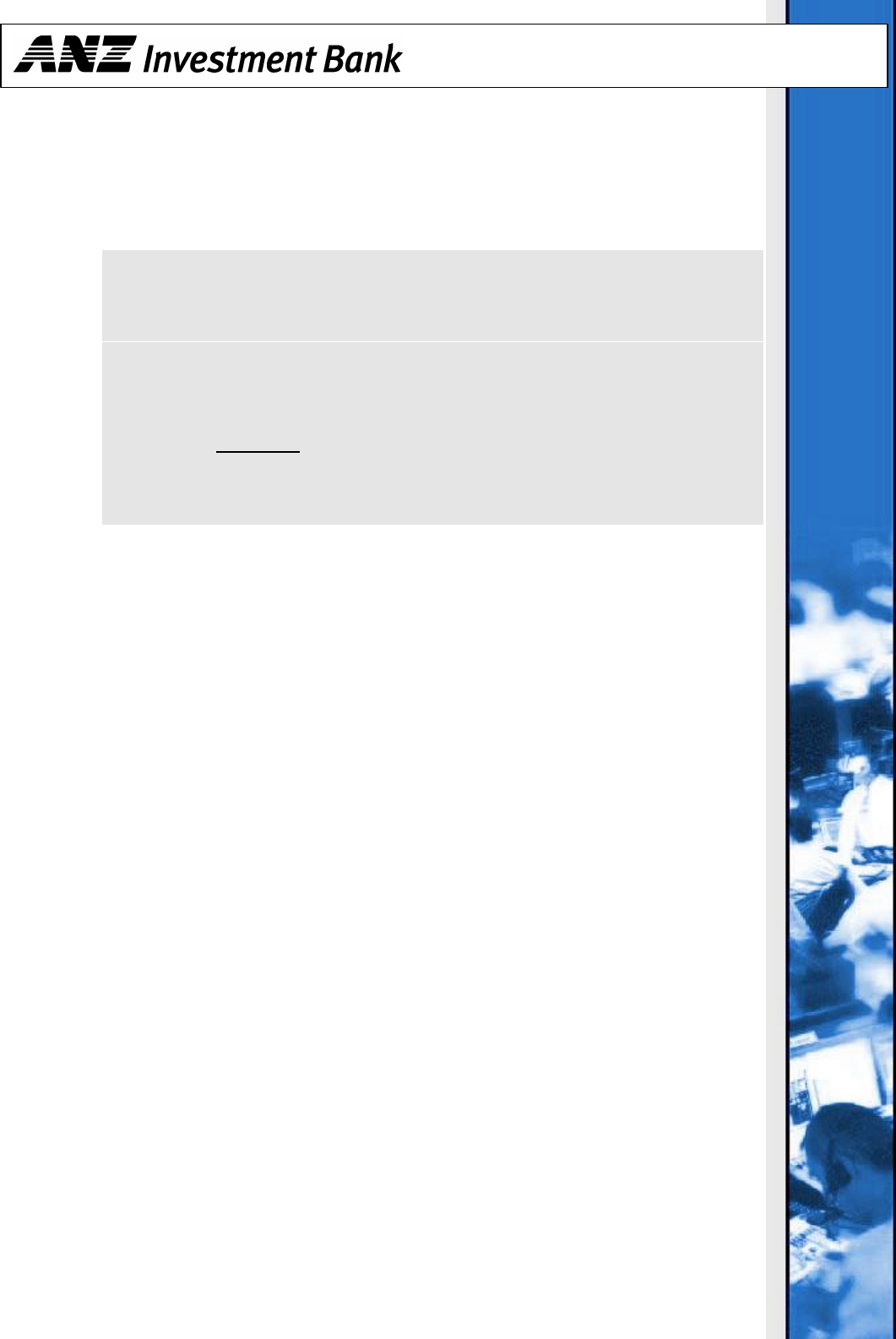
A deal for Value Tom requires spot to be adjusted by the tom/next margin.
Example:
Using the preceding NZD/USD example, the exchange rate for a deal for
Value Tom is:
0.4700
-0.000010 (T/N)
0.46999
Note that due to the different timezones within which the markets operate, cut-off times
exist for short dated forwards. Some currencies must be dealt before a particular time to
qualify as Value Today, whilst some currencies cannot be dealt Value Today at all. The cut-
off times will vary, dependant on which market centre you are in. Check with your FX
Relationship Manager for a list of applicable cut-off times.
Extension of Forward Exchange Contracts
After taking out a Forward Exchange Contract, a delay in the foreign currency requirement
may occur. In such situations, the bank may agree to allow an extension to the term of their
contract. Approval by the bank can be sought, provided there is a valid reason for doing so,
and the extension is not done to postpone the realisation of losses.
Extensions of forward exchange contracts are known as historical rate rollovers. This
involves adjusting the historic contract rate by the applicable forward margin for the new
date. Effectively, a swap is created (explained in more detail later), as a cashflow mismatch
occurs.
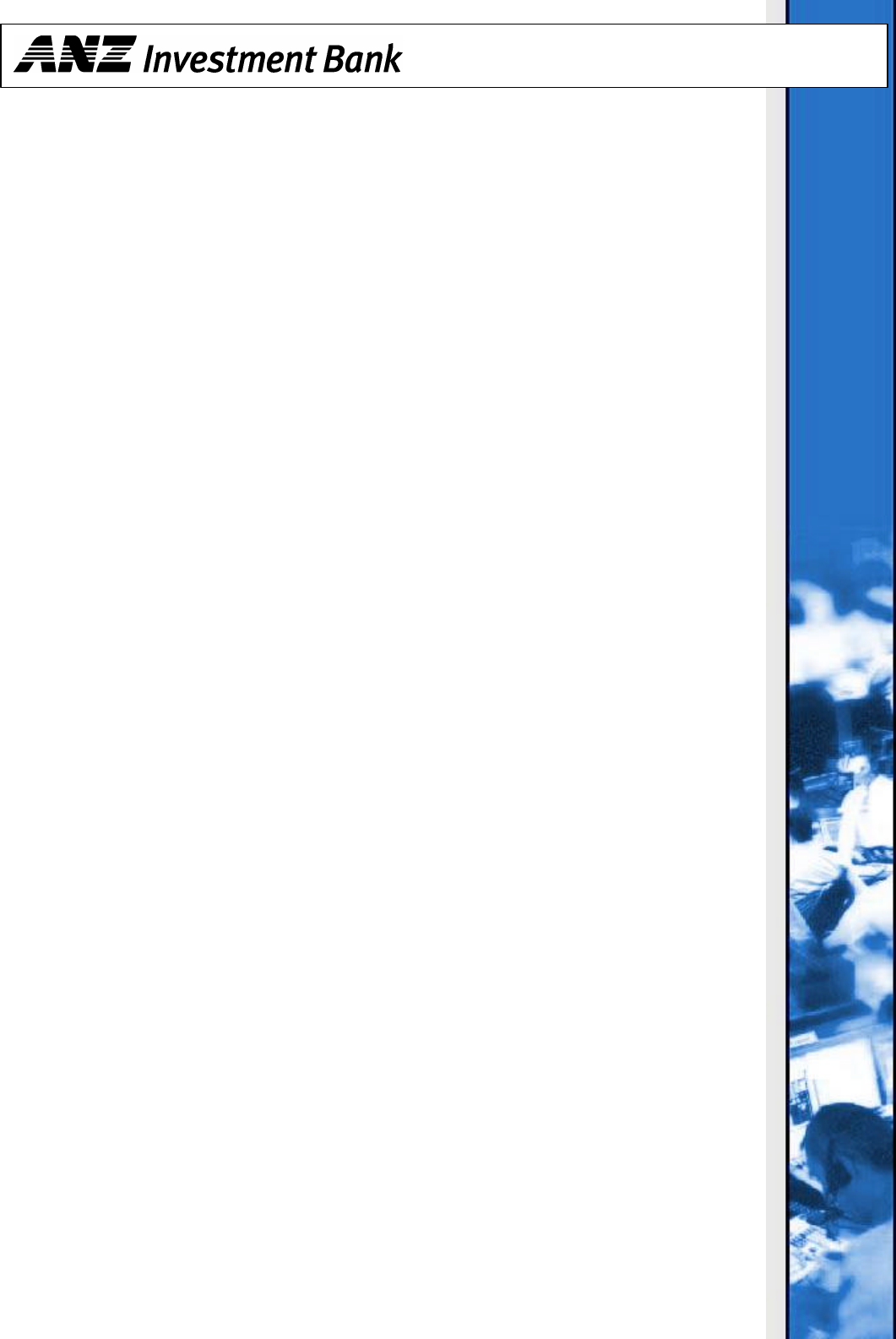
Calculation of Historical Rate Rollover
Assume the client currently has a Forward Exchange Contract for the bank to sell them
USD1 million against AUD at 0.5300. The contract is due today. The client wishes to extend
the contract forward one month.
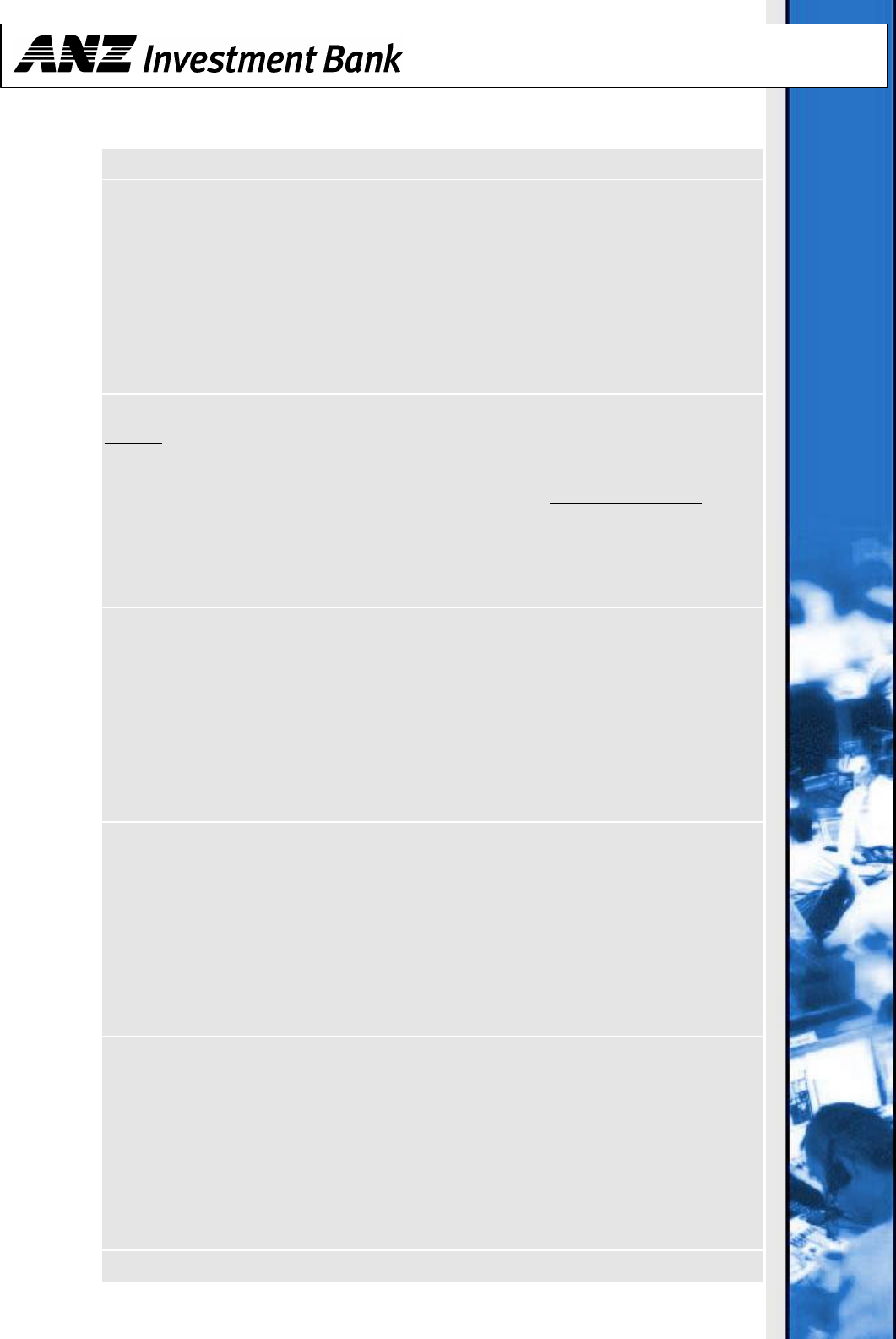
Longhand Example:
Rates today: Spot 0.5450/55
One month forward 2/3 (30 days)
Calculation: Contract USD1 million @ 0.5300 = AUD 1,886,792.45
STEP 1: Bank cancels the contract by buying USD value spot.
Bank buys USD1million @ 0.5455 = AUD 1,833,180.57
Loss to client AUD 53,611.88
Note that in this example for a bank to sell contract, there is a
loss to the client (i.e. their contract rate is below the current
spot rate). This is known as an ‘out of the money’ contract. In
effect, the client is asking the bank to lend them the difference
until the forward contract is settled.
For this reason, the client is charged interest on the loss at the
prevailing lending rate, including the bank’s lending margin. If
the contract rate was higher than the current spot, an ‘in the
money’ contract, the bank would pay the client interest at
the prevailing deposit rate.
Note that the reverse applies for a bank to buy contract. A
contract rate below the current spot rate is ‘in the
money’,
whilst a contract rate higher than the current spot rate is
‘out of the money’.
Interest payable by client on loss (at 4.75% per annum)
AUD209.31.

STEP 2: New selling contract written for one month
Bank sells USD1million @ 0.5457
(i.e. 0.5455 + 0.0002) = AUD1,832,508.70
Plus loss to client AUD 53,611.88
Plus interest payable on loss AUD 209.31
Amount bank is to receive in one month AUD1,886,329.89
STEP 3: Extension rate = USD1,000,000 ÷ AUD1,886,329.89
= 0.5301 or plus 1 point.
Note that the same spot rate, 0.5455 was used for both the buying and
selling of USD as a swap is undertaken and, as discussed earlier, the two
spot transactions cancel one another out.
Shorthand Example:
The shorthand method involves adjusting the contract rate by the forward
margin from the Reuters screen, remembering that the bid margin for a bank
to sell contract and the offer margin for a bank to buy contract is applied.
In the example, the new contract rate to extend the contract forward one
month would be:
0.5300 + 0.0002 = 0.5302 or 2 points.
A difference in the resulting extension rate occurs, depending on the method used. This is
because the longhand method takes into account the funding of any loss/gain on the face
value of the contract. Extreme care must be taken when extending forward exchange
contracts and is not an accepted market practice in all market centres.
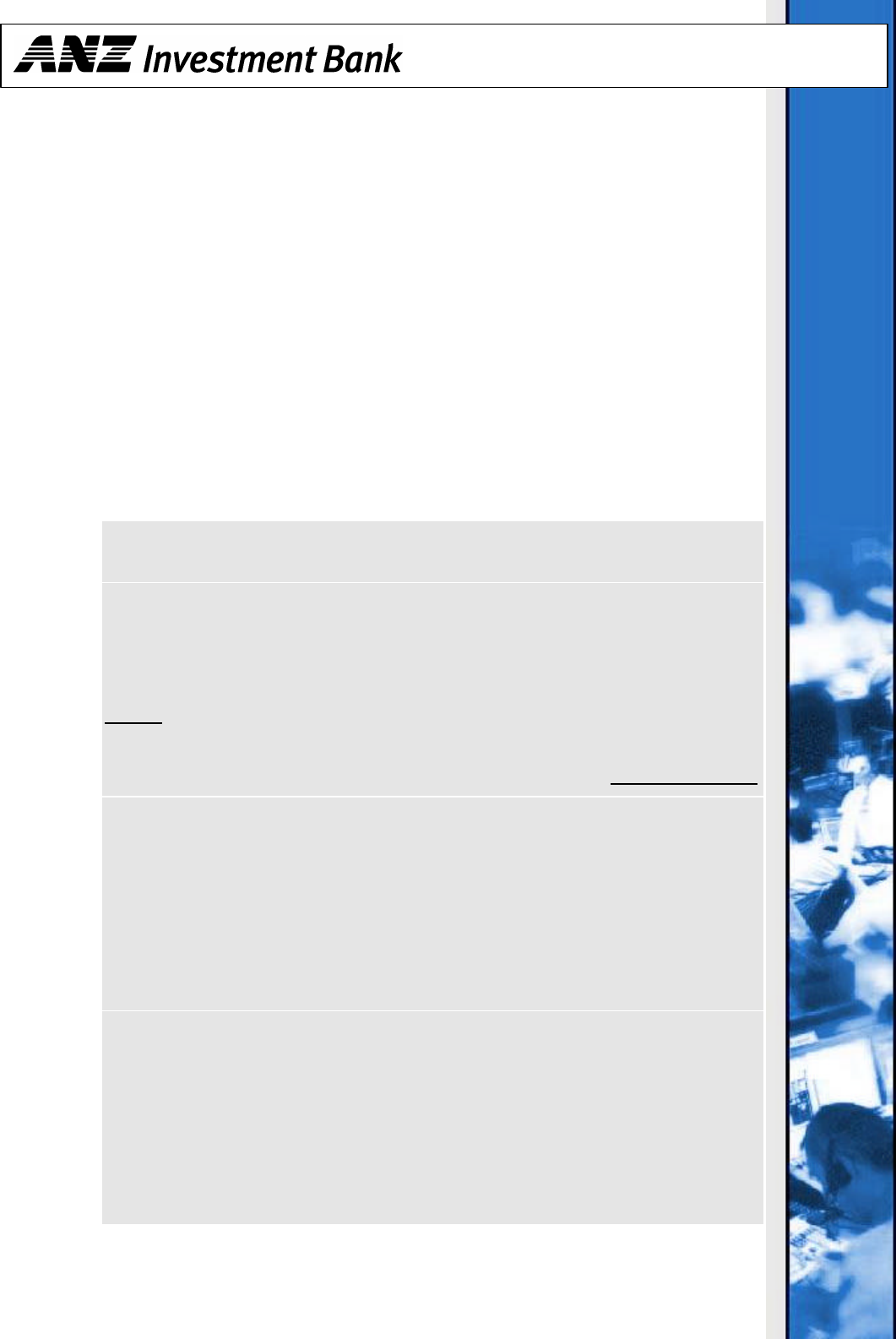
Pre-Delivery of a Forward Exchange Contract
Should the need arise, a client can utilise an outright Forward Exchange Contract prior to its
maturity date. This involves adjusting the contract rate by the applicable forward margin to
pre-deliver the contract from the maturity date back to an earlier date.
Note that if the pre-delivery date falls within an option period, as specified by the client at
the time the contract was established, the pre-delivery is undertaken at the contract rate
with no penalty or benefit to the client.
Calculation of a Pre-Delivery
Assume the client currently has a forward exchange contract for the bank to sell them USD1
million against AUD at 0.5300. The contract is due in one month. The client wants to take
delivery of the entire contract today.
Longhand Example:
Rates today: Spot 0.5450/55
One month forward 2/3 (30 days)
Calculation: Contract USD1 million @ 0.5300 = AUD1,886,792.45
STEP 1: Bank cancels the contract by buying USD value one month.
Bank buys USD1million @ 0.5458 = AUD1,832,172.96
(0.5455 + 0.0003)
Loss to client (in one month) AUD54,619.49
Note that in this example, the contract is out of the money.
Rather than settling the loss in one month, the client is asking
the bank to build the loss into the contract rate for delivery
today. Effectively they are placing a deposit with the bank so
that the principal and interest equates to the loss to be paid
on that date. As a result, the present value of
the loss at the prevailing deposit rate for the term must be
determined, and interest paid for that term at the appropriate
deposit rate.
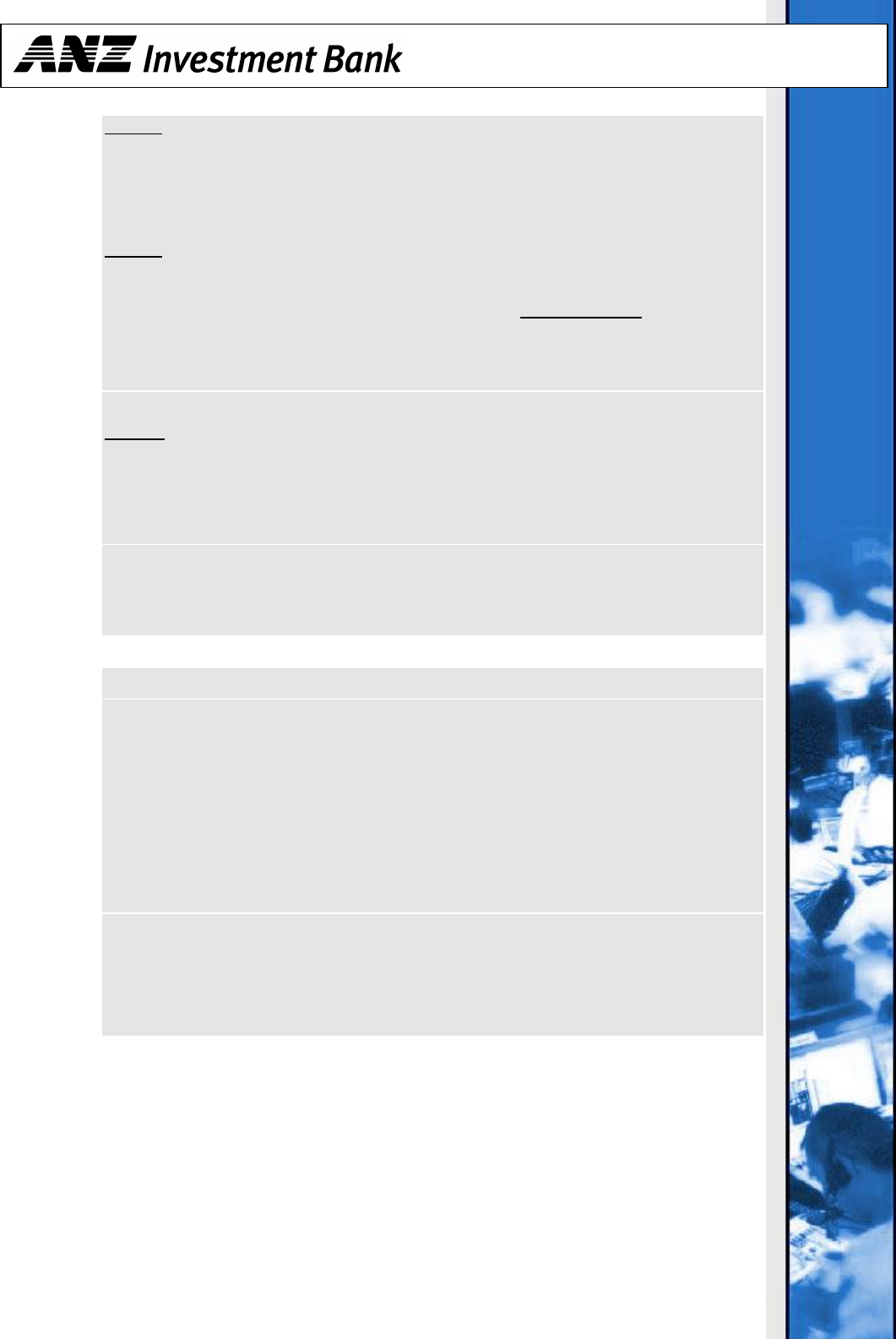
STEP 2:Present value of loss to client at a deposit rate of 4%:
54,619.49 ÷ [1+(4% x 30/365)] = AUD54,440.54
STEP 3:Bank sells USD1million @ 0.5455 = AUD1,833,180.57
Plus present value of loss to client AUD54,440.54
Amount bank receives today AUD1,887,621.11
STEP 4: Pre-delivery rate = USD1,000,000 ÷ AUD1,887,621.11
= 0.529767
Note that the same spot rate, 0.5455, was used for both the buying and
selling of USD as a swap is undertaken and the two spot deals cancel one
another out.
Shorthand Example:
The shorthand method involves adjusting the contract rate by the forward
margin from the Reuters screen. However, as is the case with short dated
forwards, where the adjustment is from a future date back to today, the
margins are applied in reverse.
In the example, the new contract rate to pre-deliver the contract due in one
month back to today would be:
0.5300 – 0.0003 = 0.5297
The difference between the two calculations represents the gain/loss resulting from the pre-
delivery of an in or out of the money contract.

Cancellation of Forward Exchange Contract
After taking out a forward exchange contract, a client may no longer require the funds.
Under such circumstances, the contract would need to be cancelled. The cancellation can
take place either on maturity date or some time prior to its maturity date.
On Maturity
To cancel the contract on the maturity date, the client would enter into an opposite deal for
Value Today. If they currently have a bank to sell contract, they need to undertake a bank
to buy deal.
Example:
Client holds a bank to sell USD500,000 against NZD contract due today at a
rate of 0.4900. To close out the contract, the client needs to enter into a
bank to buy Value Today deal. The current rate for the bank to buy USD for
Value Today is 0.4700.
Consequently, the customer has two deals:
1. Bought USD500,000 @ 0.4900 and sold NZD1,020,408.16
2. Sold USD500,000 @ 0.4700 and bought NZD1,063,829.79
NZD43,421.63
The close out represents a profit to the client on the deal of NZD43,421.63.
They have received (bought) NZD at a lower price (0.4700) than where they
have paid away (sold) NZD (0.4900).

Cancellation Prior to Maturity
To cancel a contract prior to the maturity date, the client still needs to enter into an
opposite Value Today deal. However, first the contract needs to be Pre-Delivery back to
Value Today and the consequent adjustment made to the contract rate.
Example:
Client holds a bank to sell USD500,000 against NZD contract due in one
month at a rate of 0.4900. The forward margins for one month are quoted as
2/3. The current rate for the bank to buy USD for Value Today is 0.4700.
STEP 1: Pre-Delivery 0.4900 – 0.0003 = 0.4897
(Remember: opposite side/opposite sign)
STEP 2: Cancellation
1. Bought USD500,000 @ 0.4897 = sold NZD1,021,033.29
2. Sold USD500,000 @ 0.4700 = bought NZD1,063,829.79
NZD42,796.50
This represents a profit to the client on the deal of NZD42,796.50.
Swaps
A foreign exchange swap is a transaction involving the simultaneous sale/purchase of one
currency on one settlement date, and the purchase/sale of the same currency on another
settlement date.

Swaps do not create a net foreign exchange position and the swap price is the forward
margin itself. Standard market practice is to use the spot mid-rate for the first leg of the
swap, and adjust this rate by the applicable forward margin for the second leg of the swap.
The main uses of swaps are:
§ To adjust for cashflow mismatches.
§ To raise funds.
Adjusting Cashflow Mismatches
A client may have both receivables and payables denominated in the same currency due on
different dates.
Example:
Assume the client is required to make a payment of USD10mio on the 15th of
the month whilst expecting to receive USD10mio on the 30th.
For the 15
th
, the spot quote is 0.5500/05 and the forward margins for 15
days are 6/5.
The client can do either of the following:
a) Buy USD10mio at the spot rate of .5500 and then sell USD10mio at
the outright forward rate of 0.5500 (0.5505-0.0005)
OR
b) Enter into a swap to buy and sell USD spot against 15 days forward at
-5 points. This involves two legs:
1st leg – buy USD10mio at 0.5502 (mid-rate)
2nd leg – sell USD10mio at 0.5497 (0.5502-0.0005).
Both a) and b) reflect hedging strategies for the client. However b) gives the
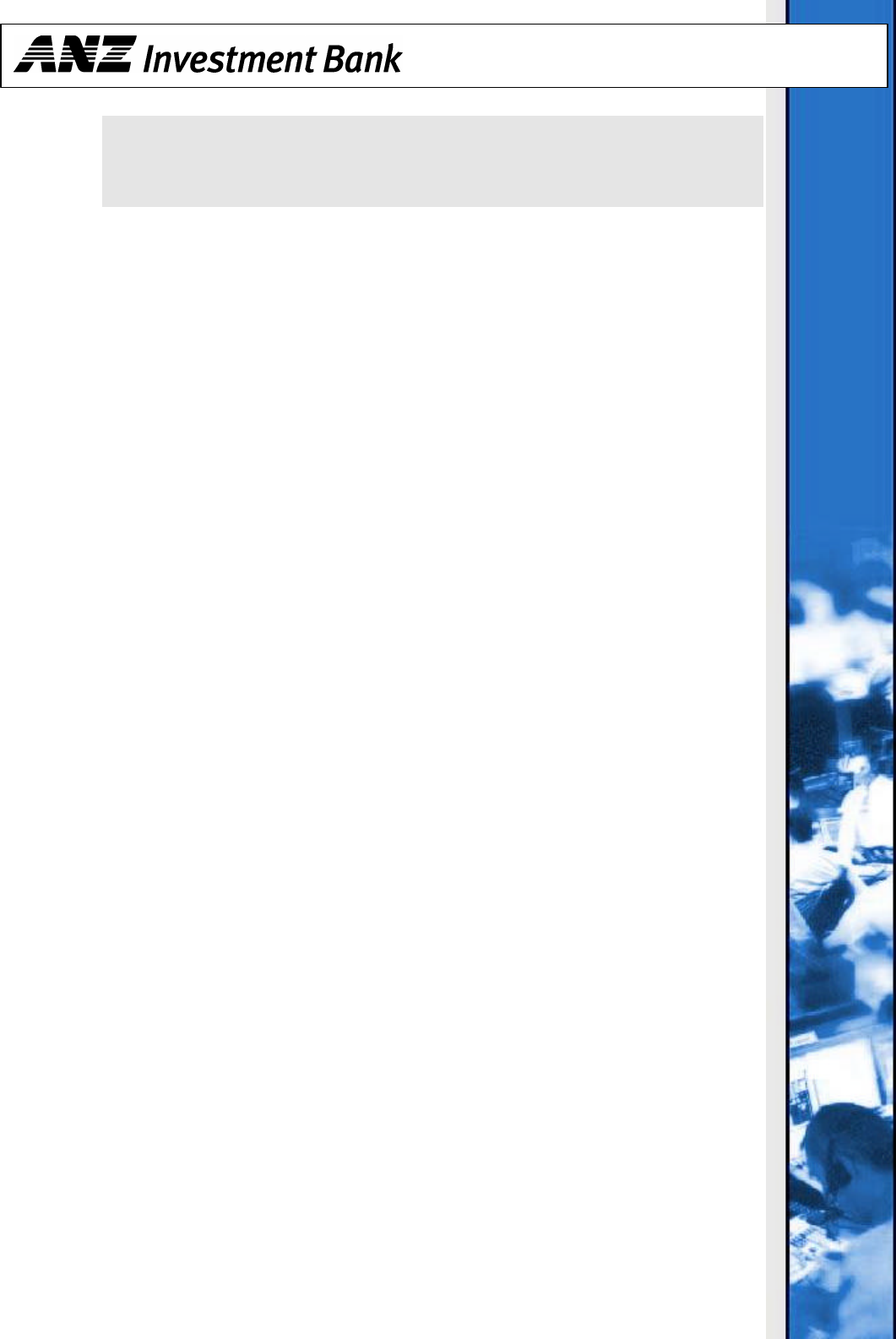
client a saving of five points, which reflects the benefit of not crossing the
spread as was done in a).
Fund Raising
Swaps can be utilised to identify opportunities to borrow at attractive interest rates.
If it is favourable, an Australian corporate may borrow in an offshore market in USD and use
a swap to convert the USD borrowing into AUD without any exchange rate risk. This is done
by issuing commercial paper (CP).
CP will be issued under the following conditions:
§ An arbitrage opportunity exists AND
§ The corporate can access the offshore market AND
§ There is no foreign exchange risk (i.e. a foreign exchange swap is used).

Example:
An Australian corporate can raise USD by issuing commercial paper into
another market centre at lower interest rates and fees. The company wants
to access the liquidity of the other market centre but does not want to take
on an exchange rate risk. To do so it can enter a swap, whereby it agrees to
sell USD spot and buy USD back in two months at the two-month margin.
To fully hedge the position, the corporate would also want to hedge the
interest cost. This would be done by undertaking a mismatched swap,
whereby the first leg would be for principal and the second leg would be for
the amount of principal plus interest. The interest component is essentially
an outright forward. Note that for this reason, both legs are based on the
appropriate side of the market rather than using the mid-rate. In this
example, the bid.
Current Market Conditions
AUD/USD spot rate 0.6300
Two month USD borrowing rate 3.0%
Two month AUD/USD forward -0.0019 (hence 2 month forward rate
0.6281)
Two month days’ run 62 days
The corporate borrows USD10mio at 3% for 62 days commencing at the spot
date at a cost of USD51,666.67.
At spot,
a) The corporate receives USD10mio (loan proceeds).
b) 1
st
leg of the swap – corporate sells USD10mio at 0.6300 and receives
AUD15,873,015.87.
Two months forward,
c) 2
nd
leg of swap – corporate buys USD10mio at 0.6281and pays

AUD16,003,290.35.
d) The corporate repays the USD10mio loan.
The corporate has borrowed in the other market centre to obtain AUD
requirements. This was done without incurring exchange rate risk on the
principal at a cost of 3% plus 19 forward points.
The corporate then has effectively borrowed AUD15,873,015.87 for two
months at a cost of AUD130,274.48 (AUD16,003,290.35 –
AUD15,873,015.87).
Using the Abitrage Formula to solve for the unknown AUD interest rate, it
can be converted into an AUD borrowing cost of 4.83% per annum.
DISCLAIMER
ANZ Investment Bank makes no representation and gives no warranty as to the accuracy of the information contained in this document and
does not accept any responsibility for any errors or inaccuracies in or omissions from this document (whether negligent or otherwise) and
ANZ Investment Bank is not liable for any loss or damage however it arises as a result of any person acting or refraining from acting in
reliance on any information contained in this document. No reader should rely on this document as it does not purport to be comprehensive
or to render advice. This disclaimer does not purport to exclude any warranties implied by law which may not be lawfully excluded.
ANZ Investment Bank is a business name of Australia and New Zealand Banking Group Limited ACN 005 357 522, which is a licensed
securities dealer.
